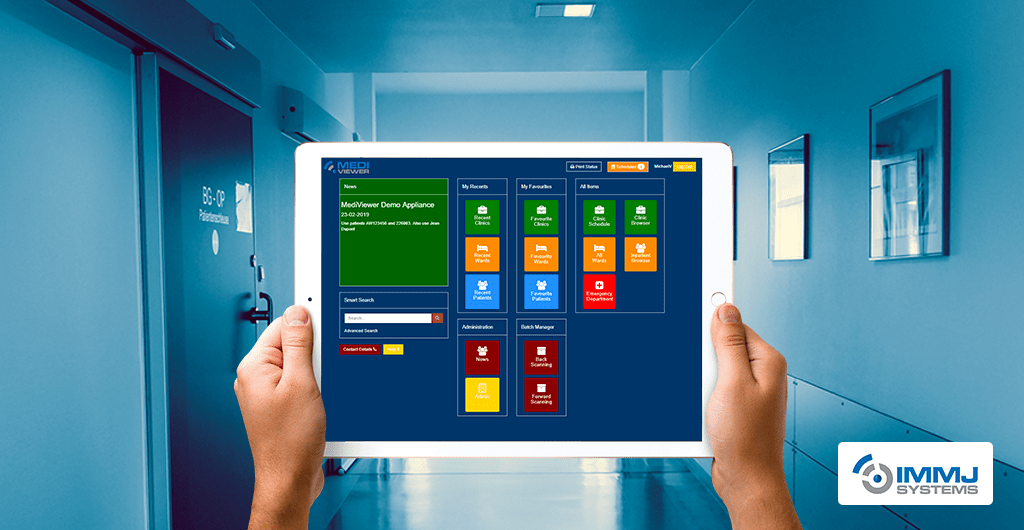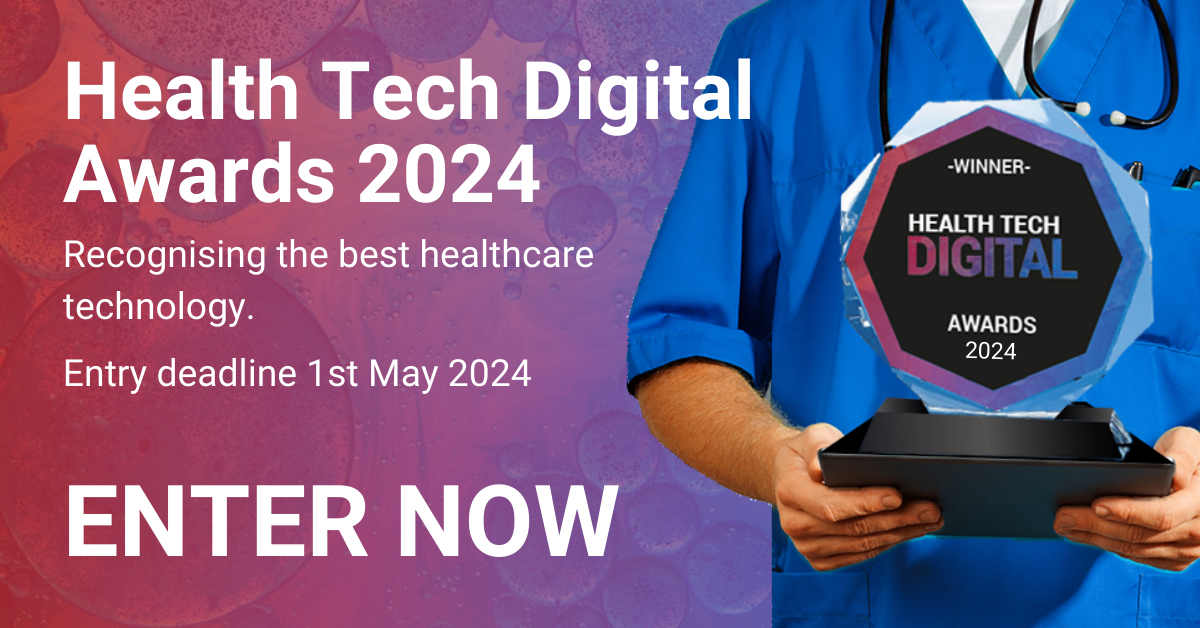
If you are considering embarking on a Hospital-wide Electronic Document Management System (EDMS) programme there are several different implementation approaches to be considered.
Most organisations recognise that continuing with paper case notes is unsustainable and may be struggling to meet service demands. Some may have run out of physical space or are looking to realise cash releasing benefits through the closure of a record library. Regardless of the strategic drivers which may be significantly different between organisations, the overriding consideration will be to ensure that the EDMS will:
- identify and deliver the efficiency savings at departmental level that support the ROI objectives;
- provide measurable improvements to patient safety and clinical efficiency – allowing clinicians to mine information easily from scanned case notes and associate documentation with patient encounters;
- be deployed without having a detrimental impact on departmental operations.
It is important to consider the relative advantages and disadvantages of each of the options, evaluate and make recommendations on the best approach for your organisation – taking into consideration your own business drivers, organisational capability and infrastructure and affordability.
Your EDMS programme can be split into two sub projects, albeit with strong inter-dependencies:
- Deployment of an EDMS for accessing patient records in a clinical context;
- Implementation of a scanning service to digitise existing patient case notes and ongoing capture of new patient documentation.
Deployment approaches for EDMS
The implementation approaches considered are:
1. “Do Nothing”
Do not implement EDMS
2. Phased deployment
Deploy EDMS on a speciality by speciality basis using outpatient clinics as the trigger for scanning.
3. Big bang approach
Deploy the EDMS across all clinics in all specialities from the agreed go live date.
Option 1: Do Nothing
Advantages
- No requirement for additional investment in the short term (or until additional physical library capacity is needed);
- Challenges associated with managing organisational change will not be faced.
Disadvantages
- Fails to address the needs of clinicians. Immediate access will still not be available to essential patient information when & where needed;
- Continued risk to security and confidentiality;
- Physical space constraints will remain at the health records library;
- Still gives rise to fire and health and safety risks;
- Not a cost-effective option – resource time is being spent ‘firefighting’ rather than being using efficiently;
- No significant opportunity to realise benefits with regard to Patient Safety Clinical/Information Governance, Health Records department or across the administrative establishment;
- Fails to address any recommendations of the NHS Information Strategy, Connecting for Health initiatives or meet the Trusts strategic ICT aims;
- Contrary to the concept of the modern NHS and 2023 paper-less target.
Option 2: Phased deployment
IMMJ Systems have extensive experience of deploying EDMS on a speciality by speciality basis, initially using outpatient clinics as the trigger for scanning. Once the back and forward scanning functions are proven to be stabilised and clinicians across all specialities have been trained and exposed to digital patient’s records, a scan on discharge approach will then also be adopted.
A phased deployment would be IMMJ Systems recommended approach to deploying an EDMS, as it allows for continued verification of operational and scanning processes to ensure SLA’s are being met and in the event of any concerns, the subsequent clinics go-live could be paused until resolution. This implementation approach has proven successful as it has ensured that the EDMS deployment is focused on continually supporting individual clinicians with the transition which has been key for establishing and maintaining clinical engagement throughout the project lifecycle.
The pace of the phased implementation from initial go-live will be largely dependent upon the following factors:
- Availability of Trust training resources. IMMJ Systems will provide floorwalkers; to ensure that adequate support is provided to clinicians during go-live;
- The scanning supplier can continue to meet agreed SLAs as the volume of records scanned increases in line with the phased speciality roll-out plan;
- Forward scanned documentation is being processed in a timely manner;
- IT equipment (new PCs, mobile devices, additional networking etc.) is installed in clinical areas.
Advantages
- A phased deployment allows the organisation to be flexible to ensure scanning services can meet agreed Service Level Agreements (SLAs). Specialities can go live one after the other or a few at a time depending on scanning and transformation capacity. In the event of any concerns, pulling for the next set of clinics can be paused;
- Clinical engagement and transformation activities are focused at speciality level enabling concerns to be identified and addressed;
- Process changes are tested, proven and embedded prior to introducing them in another speciality;
- Fewer resources are required simultaneously to implement/support a phased deployment;
- It is still recommended that transformation activities take place across all specialities ahead of go live to understand the impact of taking physical notes out of circulation.
Disadvantages
- The deployment time (between first and last speciality go live) is greater than with a big bang approach;
- It may take longer to realise all the associated benefits with a phased deployment;
- Patient records scanned whilst attending a live clinic will need additional floorwalking support if the patient attends a non-live speciality.
Option 3: Big bang approach
A ‘big bang’ approach enables EDMS to be deployed across all clinics in all specialities from the go-live date. Sufficient time will need to be allocated prior to go-live for transformation activities, and a speciality should be identified as an early adopter in order to verify new processes before deploying hospital wide.
The success of a big bang implementation will be largely dependent on the following factors:
- Having sufficient transformation and support resources to cope with this approach;
- Ensuring that all transformation activities have taken place across all services to understand the impact of taking physical notes out of circulation;
- Understanding that the scanning throughput for on demand and forward scanning will be vast from go-live, therefore SLA’s will need to be closely monitored. If the scanning team fall behind, there is a risk that patients could be referred on or followed up without key information being available to clinicians.
Advantages
- Enables a rapid deployment if the transformation and support resources are in place to cope with simultaneous demands on implementation, training, scanning and IT support activities;
- Benefits can be realised sooner than with a phased deployment;
- All users will be familiar with the EDMS Solution from go live. This will result in a reduced support requirement if scanned patients move between specialities.
Disadvantages
- There is a concentrated resource requirement to support a big bang deployment;
- The scanning throughput for forward scanning could be significant from go-live, SLA’s will need to be closely monitored;
- If either scanning team (back and forward scanning) fail to meet SLAs, patients could be seen, referred on or followed up without key information being available to This could cause significant patient safety issues;
As a big bang deployment is not confined to a particular speciality it is more difficult to pause the on-demand scanning in the event of any issues. This could have a detrimental impact on clinical acceptance and result in loss of confidence in the programme.
We hope that this brief introductory guide will help you to evaluate the optimum approach for your organisation.
IMMJ Systems has helped many healthcare organisations to navigate the many complex issues and can recommend a solution to fit most budgets and would be happy to facilitate a discovery workshop at your own premises. For more details, please contact us on to arrange a demonstration please call: 0203 790 7901 or email: info@immjsystems.com
About IMMJ Systems
IMMJ Systems provides complete end to end digital transformation, consultancy and implementation support services by their highly experienced ex NHS delivery teams. IMMJ Systems operates as an agile business and has the ability to adapt precisely to customer needs, allocating the resources each project requires. By providing intuitive, simple, secure access to patient and clinical paper records through digitising this process, IMMJ Systems and MediViewer can deliver significant improvements in patient care quality alongside operational and cost-efficiency benefits.
For further details:
Visit: http://www.immjsystems.com/ Tel: 0203 790 7901
Email: info@immjsystems.com Twitter: @immjsystems













